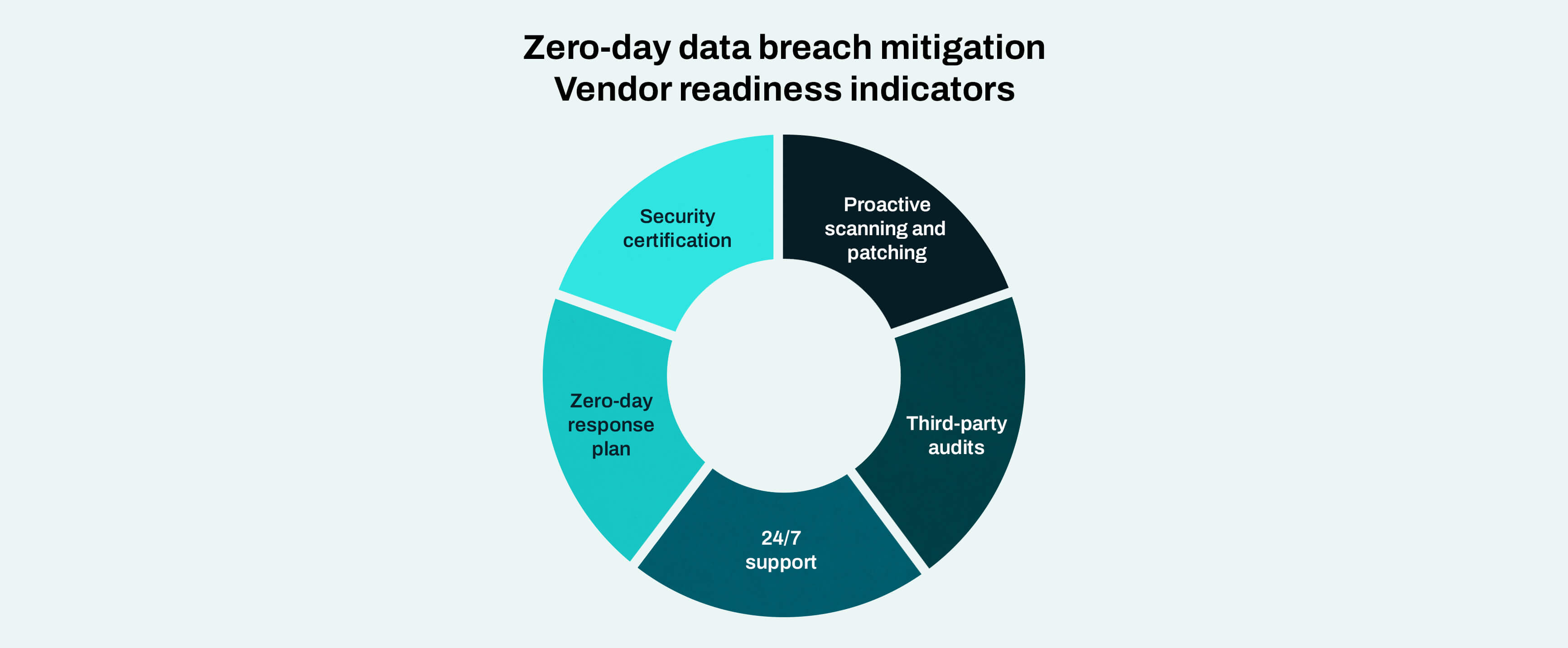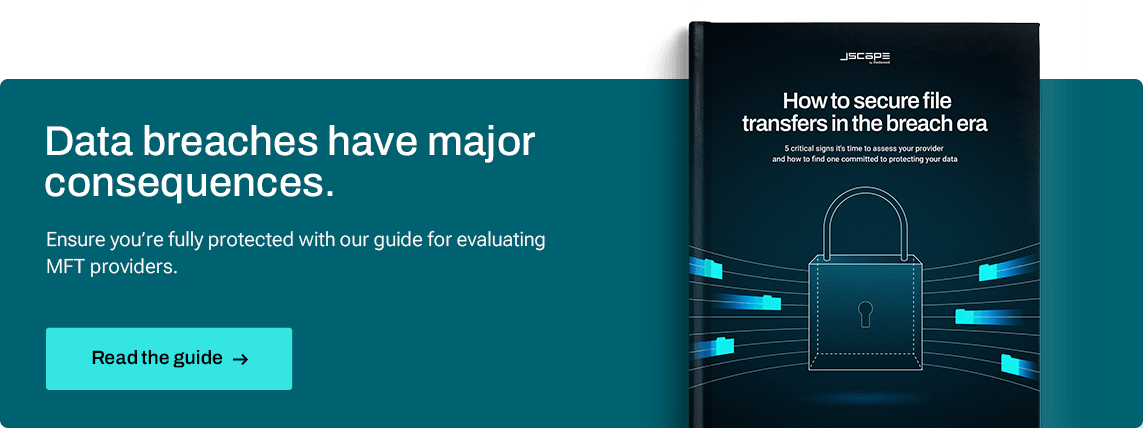Zero-day exploits are currently one of the most prevalent cyber attacks impacting file transfer solutions. We won’t go into specifics, but a recent file-transfer-related data breach that impacted almost a million individual records was caused by a zero-day exploit.
If you’re not familiar with the term, a zero-day exploit is a type of cyber attack in which the attacker takes advantage of a software vulnerability that the vendor hasn’t yet discovered. These vulnerabilities, aptly known as zero-day vulnerabilities or simply zero-days, are typically uncovered by either cybersecurity researchers or cybercriminals. Researchers may alert your vendor of a zero-day, but cybercriminals won’t.
Until your vendor gets wind of that vulnerability, it can leave a gaping hole that threat actors can exploit. The longer the vulnerability stays undetected, the wider the window of opportunity malicious actors have to perform various illicit actions. With enough time, those bad actors can escalate an exploit into a full-blown data breach.
For this reason, it’s crucial for your software vendor to have the capability to mitigate the risk of a zero-day exploit and, if an exploit does succeed, mitigate the impact. Here are five signs your file transfer vendor has these capabilities.

1. Security compliance certifications
Certifications are perhaps the most tangible proof that your software vendor is serious about security. To be certified, vendors must implement multiple security controls and then pass a battery of tests that validate those implementations.
That being said, not all certifications are created equal. To be sure the security requirements are not only stringent but also well-thought-out, look for certifications awarded by industry-recognized certification bodies. Some of these certifications and their respective issuers include the following:
|
Certification |
Description |
Issuer |
|
An international standard that confirms compliance with a comprehensive selection of information security management practices |
International Organization for Standardization (ISO) | |
|
SOC 2 |
A compliance framework that focuses on a company’s ability to ensure security, availability, processing integrity, confidentiality and privacy |
American Institute of Certified Public Accountants (AICPA) |
|
CSA STAR |
A registry program that assesses the security and privacy controls of cloud service providers based on best practices and standards |
Cloud Security Alliance (CSA) |
2. Proactive vulnerability scanning and patching
Software vendors can minimize the occurrence of zero-day vulnerabilities by taking a proactive approach to discovering vulnerabilities and then addressing them as quickly as possible. Find out if your vendor implements application security testing tools and methodologies, such as:
Penetration (PEN) testing
PEN tests involve real-world attack simulations. Typically conducted by third-party ethical hackers commissioned by your vendor, these tests are designed to identify vulnerabilities, including potential zero-days. While it can’t directly identify zero-day vulnerabilities per se, PEN testing can help uncover exploitable weaknesses in an organization, system, network or application that might be vulnerable to zero-day exploits.
Static Application Security Testing (SAST)
SAST involves analyzing an application’s source code, bytecode or binary code for security vulnerabilities. It can help identify security flaws, such as improper input validation, insecure configurations or weak cryptography implementations, which could serve as entry points for zero-day attacks. By catching vulnerabilities early in development, SAST can reduce the chances of you deploying software that has exploitable code.
Software Composition Analysis (SCA)
SCA is the process of analyzing third-party libraries and open-source components that developers use in applications. It can identify known vulnerabilities in these components. This is important because your software vendor may use third-party dependencies that contain security flaws, outdated libraries or poorly maintained open-source projects. By keeping track of component vulnerabilities, SCA tools help prevent software from being accidentally exposed to zero-day risks due to insecure third-party code.
Dynamic Application Security Testing (DAST)
Whereas SAST runs tests on an application’s source code to detect software vulnerabilities, DAST tests a running application in its live environment. While it can’t directly identify zero-day vulnerabilities, DAST can still detect certain behaviors or misconfigurations that could lead to exploitation. DAST can simulate attacks that mimic the behavior of zero-day exploits, helping to spot runtime vulnerabilities or weaknesses that occur when the app handles inputs, security tokens or user data.
3. Third-party security audits
No software vendor can conduct an unbiased evaluation of its own security posture. That’s why reputable vendors outsource security audits to trusted third parties. These independent evaluations can provide a more objective assessment of your vendor’s security controls and uncover weaknesses that may go unnoticed in an internal audit.
Despite rigorous assessments, testing and audits, no software is totally zero-day proof. You can only mitigate the risk, but you can’t eliminate it. As such, your software vendor must not stop at prevention. They must also provide the following services to mitigate the impact of a zero-day attack should it ever occur.
4. 24/7 technical support
A zero-day exploit can happen when you least expect it, sometimes even after office hours. If you do get hit by such an attack, a 24/7 tech support team can provide an immediate initial response, regardless of when the attack occurs. The team can quickly assess suspicious behavior and determine if it’s an actual threat or a benign issue.
If a threat is detected, they can escalate the issue to your software vendor’s cybersecurity experts, provided your vendor has such experts. This escalation ensures that people skilled in security can immediately address the vulnerability and work toward containment and resolution. Then, as soon as a security update is available, a member of the 24/7 tech support team can notify you and assist in applying the patch.
5. Zero-day response plan
Since time is critical in plugging a zero-day vulnerability, periodic software updates won’t suffice. Your software vendor must take a deliberate approach to mitigating zero-day risk. JSCAPE by Redwood, for instance, has a concrete zero-day response plan, which kicks in the moment a zero-day vulnerability is discovered. It features a robust plan of action, including timely patching, communication and team mobilization.
A zero-day response plan ensures timely patching of zero-day vulnerabilities and continuous and transparent communication with affected customers. This will give you peace of mind and, more importantly, ample time to plan and execute precautionary measures while a fix is being developed.
To learn more about JSCAPE’s security posture and warning signs that your MFT provider is putting your data at risk, download this free guide.





